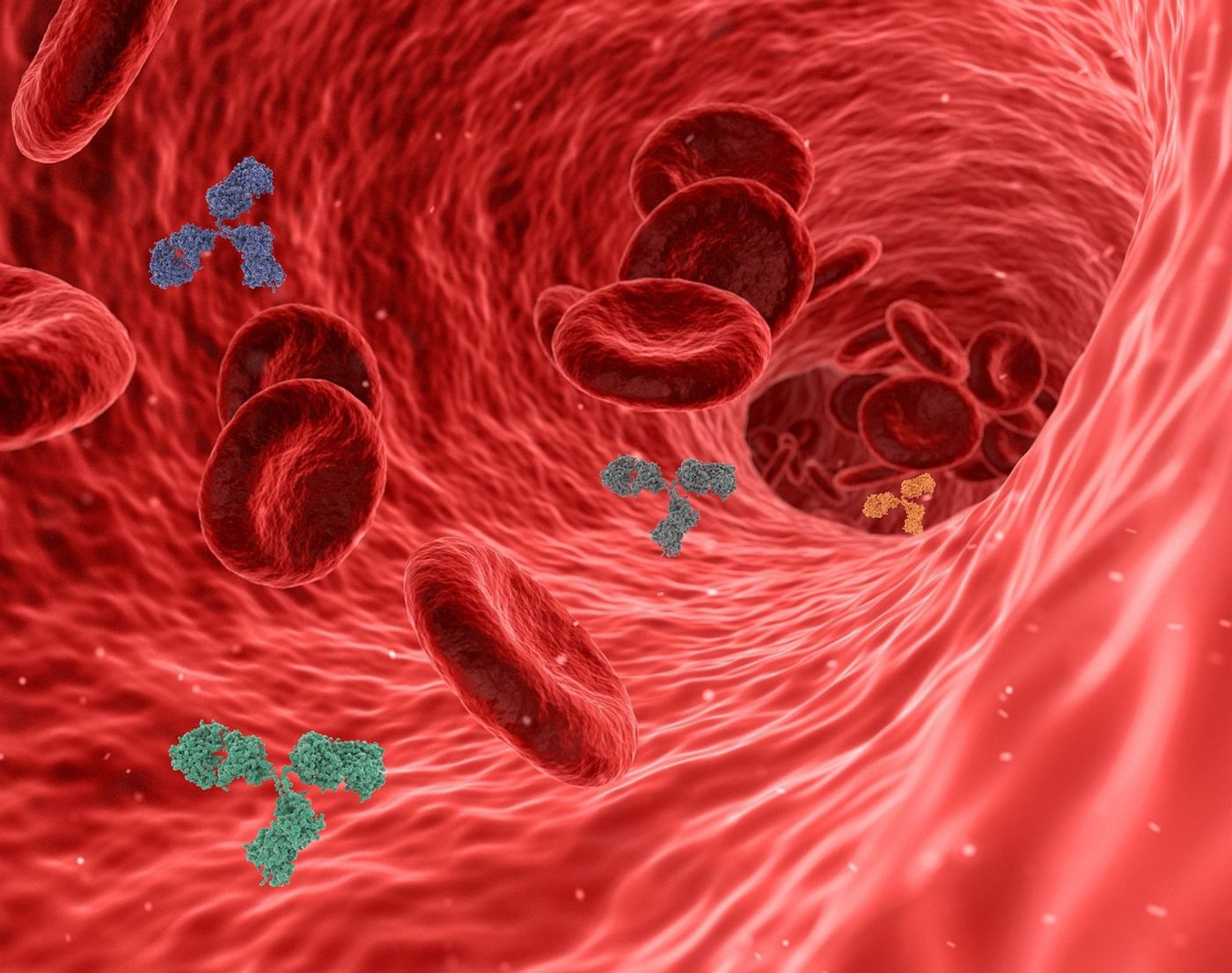Study Reveals Promising Role of B Cells in Enhancing T Cell-based Cancer Immunotherapy
Adoptive Cell Transfer (ACT) includes a class of immunotherapy approaches to treat cancer. This procedure focuses on a special type of immune cell called T cells. These cells, particularly the subset known as cytotoxic T lymphocytes (CTLs) or killer T cells, play a critical role in killing cancer cells, showcasing their potent anti-cancer capabilities.
ACT involves extracting blood or tissue from a cancer patient, isolating the patient’s T cells, and growing large quantities of cells in a laboratory setting. Then, doctors return the expanded T cells to the patient. This personalized approach, using T cells taken from the patient, creates a highly specific immunotherapy.
In 2024, the United States Food and Drug Administration (FDA) approved the first ACT for the treatment of advanced cases of melanoma. This milestone highlights the first cellular therapy approved to treat any type of solid cancer. The approval allowed doctors to use a drug called Amtagvi (lifileucel). This particular ACT process involves a simple surgical excision of a piece of melanoma tissue. Doctors then isolate T cells directly from the patient’s tissue, a subset of cells referred to as “tumor-infiltrating lymphocytes” (TILs).
A new study published in the Journal of ImmunoTherapy for Cancer shows a strategy that could further optimize TIL-based ACT approaches for the treatment of melanoma. The researchers obtained tumor biopsies from patients treated with TIL therapy. They investigated differences in immune cell composition between patients who responded (“responders”) and those who did not respond (“non-responders”).
Upon comparing the composition of responders and non-responders, the researchers found responder tumors enriched for B cells, immune cells involved in humoral immunity. In addition, compared to non-responders, responders displayed more characteristics associated with “tertiary lymphoid structures” (TLSs), pockets found in tumors that resemble lymph nodes, and confer anti-cancer benefits.
The researchers also found that adding a protein called CD40L to B cells in the laboratory produced better and more efficient TIL expansion. Thus, the study suggests CD40L could be utilized in the ACT process to enhance TIL production and optimize cellular therapy approaches.
Sources: Trends Cancer, J Immunother Cancer









